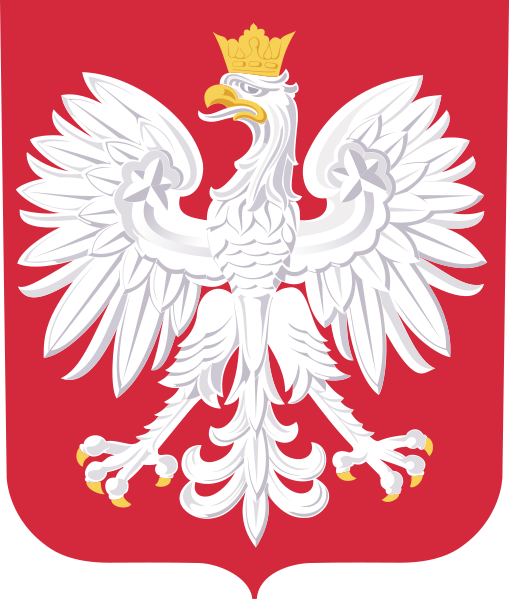Online first
Current issue
Archive
Most cited 2025
About the Journal
Editorial Board
Editorial Office
Copyright and self-archiving policy
Information clause on the processing of personal data
Conflict of interest and informed consent
Declaration of accessibility
Instructions for Authors
Instructions for Reviewers
Contact
Reviewers
2024
2023
2022
2021
2020
2019
2018
2017
2015
2016
2014
2013
Editing and translations
ORIGINAL PAPER
Body image perception and dieting among “screenagers” in Poland
1
Institute of Mother and Child, Warsaw, Poland
(Department of Child and Adolescent Health)
2
University of Zielona Gora, Zielona Góra, Poland
(Collegium Medicum, Department of Humanization in Medicine and Sexology)
3
Medical University of Warsaw, Warsaw, Poland
(Department of Social Medicine and Public Health)
4
P.J. Safarik University, Košice, Slovakia
(Medical Education Centre, Faculty of Medicine)
5
Palacky University Olomouc, Olomouc, Czechia
(Olomouc University Social Health Institute)
6
Institute of Mother and Child, Warsaw, Poland
(Department of Health Sociology, Education and Medical Communication)
Online publication date: 2025-10-03
Corresponding author
Joanna Mazur
University of Zielona Gora, Collegium Medicum, Department of Humanization in Medicine and Sexology, Zyty 28, 65-048 Zielona Góra, Poland
University of Zielona Gora, Collegium Medicum, Department of Humanization in Medicine and Sexology, Zyty 28, 65-048 Zielona Góra, Poland
Int J Occup Med Environ Health. 2025;38(4):417-33
HIGHLIGHTS
- Five screen-use profiles were found among Polish adolescents.
- Intensive screen use is associated with body dissatisfaction and dieting.
- Social-media clusters are dominated by girls, gaming clusters by boys.
- Screen-use profiles vary by age, gender and place of residence.
- Media literacy should address screen-time-related body concerns.
KEYWORDS
TOPICS
ABSTRACT
Objectives: This study analyses screen-use profiles among Polish adolescents and their relationship to body image and weight reduction behavior.
The authors aimed to identify different screen-use profiles, determine the prevalence of these profiles in the population, and explore the relationships
between these screen time profiles, adolescents’ body image, and weight reduction behavior. Material and Methods: The analysis drew upon data
from 5322 students aged 13 years, 15 years, and 17 years who participated in the 2021/2022 Health Behaviour in School-aged Children (HBSC) study.
The HBSC questionnaire contains data on various screen-related activities, including gaming, social media usage, internet browsing, and the consumption of audiovisual material, as well as their body image perception and dieting behavior. Using the k-means clustering method, 5 distinct screen-use profiles were identified. Results: The following screen-use profiles were identified: moderate users (40.1%), game-oriented users (21.1%), social-media-oriented users (20.3%), intensive game and social media users (11.1%), and intensive users (7.4%). Girls predominated in the social media clusters, while boys were overrepresented in the gaming clusters. Adolescents in the 2 intensive-use profiles (intensive game and social media users and overall intensive users) exhibited a more than twofold increase in the likelihood of perceiving themselves to be fat and engaging in dieting practices, even after adjusting for BMI, in comparison with students classified in other groups. A higher BMI Z-score independently predicted both body dissatisfaction (OR = 2.36) and active dieting (OR = 2.67). Conclusions: A significant association was found between screen use patterns and both
body image perceptions and dieting behaviors among adolescents in the intensive-use groups. This finding highlights the profound psychosocial impact of all forms of screen-based media and underscore the need for targeted interventions promoting media literacy and healthy digital habits, especially among older adolescents, girls, and urban youth. Int J Occup Med Environ Health. 2025;38(4):417–433
Share
RELATED ARTICLE
We process personal data collected when visiting the website. The function of obtaining information about users and their behavior is carried out by voluntarily entered information in forms and saving cookies in end devices. Data, including cookies, are used to provide services, improve the user experience and to analyze the traffic in accordance with the Privacy policy. Data are also collected and processed by Google Analytics tool (more).
You can change cookies settings in your browser. Restricted use of cookies in the browser configuration may affect some functionalities of the website.
You can change cookies settings in your browser. Restricted use of cookies in the browser configuration may affect some functionalities of the website.




